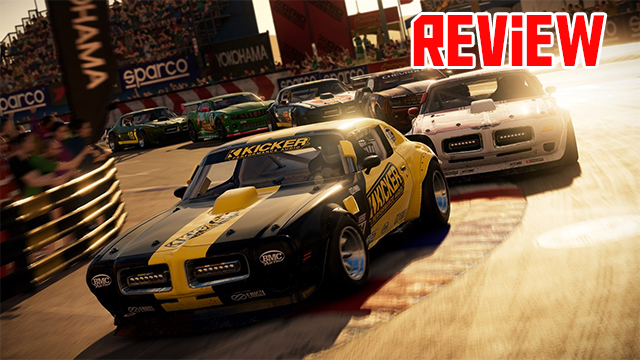The past couple years have been rocky for Codemasters as the acclaimed racing game developer has released broken games like Micro Machines World Series, laid of huge chunks of the studio after Onrush‘s commercial failure, and come under fire for a lack of content in recent releases. Despite this, the studio has been quite busy as it has released eight games since 2017 (including three in 2019). Earlier…
-
Nemesis System is a great addition.
-
Plenty of racing styles.
-
Great accessibility options.
-
Not enough event variety.
-
First-person view is awfully limited.
-
Career mode lacks improvements.










